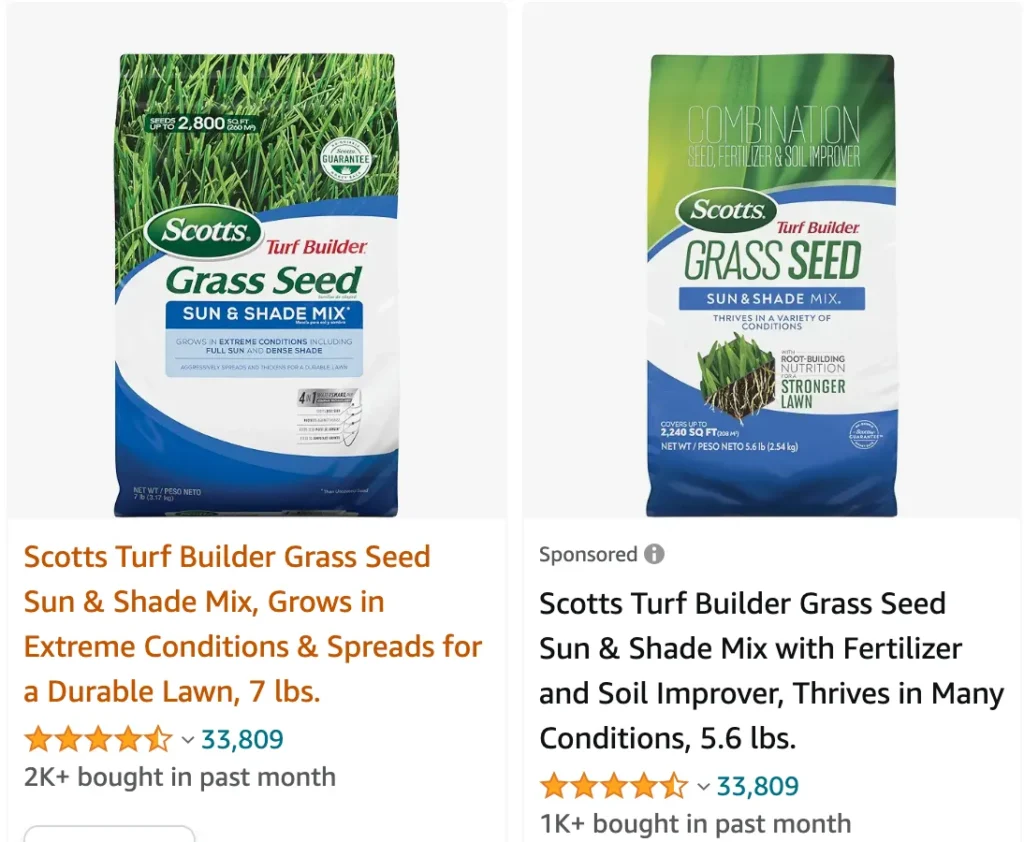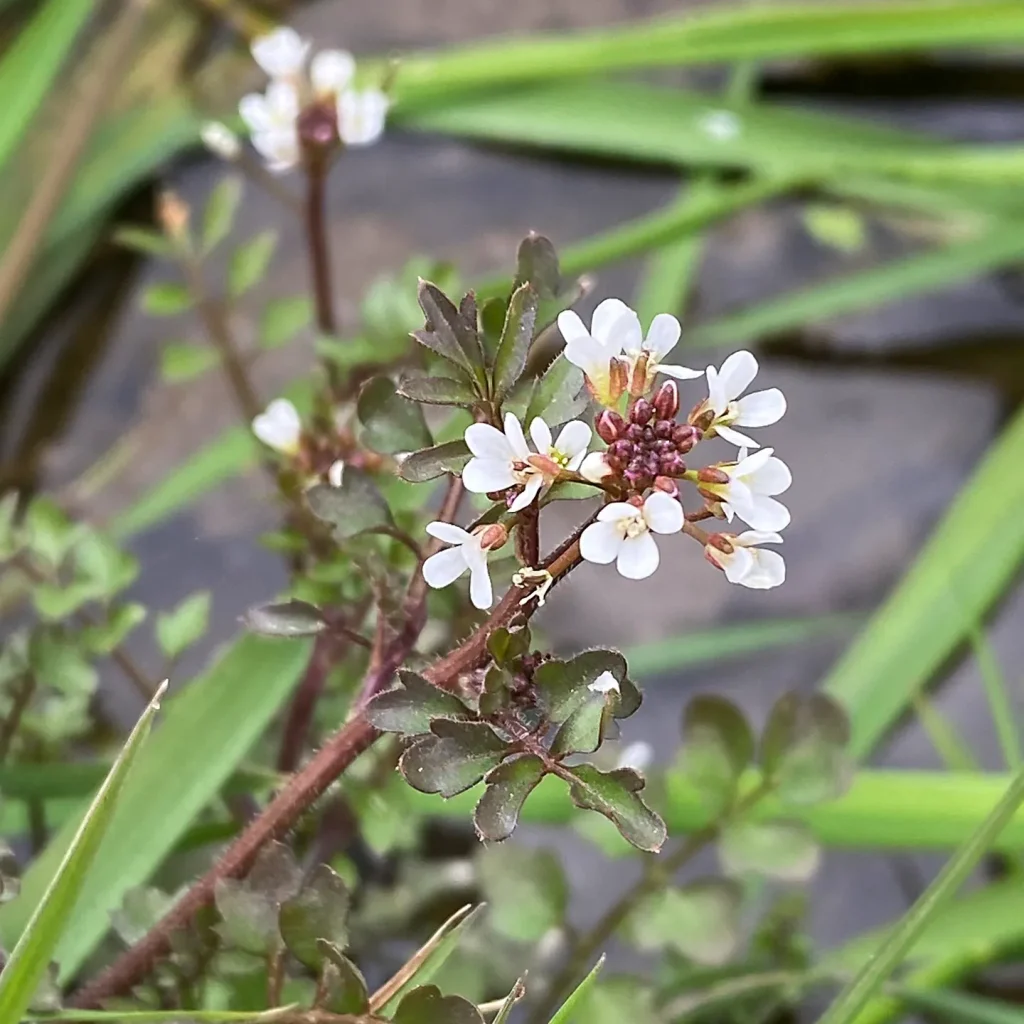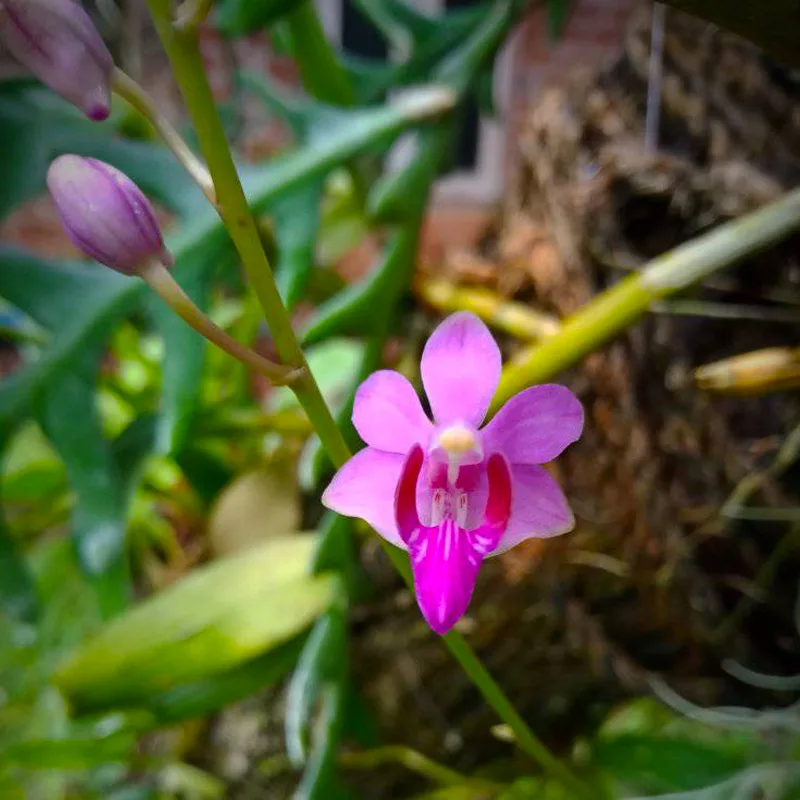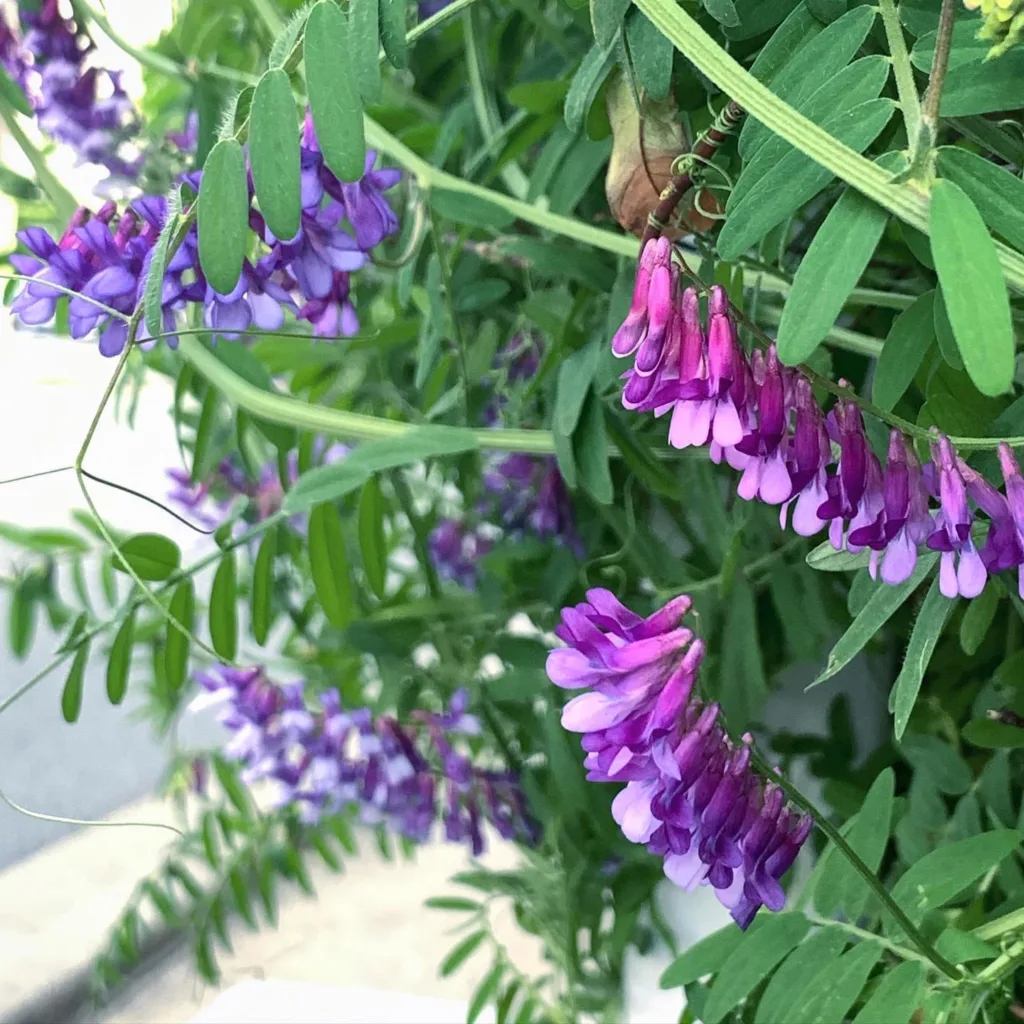
What is Cynodon dactylon?
Cynodon dactylon, commonly known as Bermuda grass, is a persistent and fast-growing weed that I’ve had to deal with in my yard. Its aggressive nature often makes it difficult to control, as it spreads rapidly through both seeds and underground rhizomes. Personally, I find it frustrating to see how quickly it takes over once it establishes itself in an area, choking out other plants and creating a dense mat of grass.
How to get rid of Cynodon dactylon? How to kill Cynodon dactylon?
Getting rid of Cynodon dactylon can be quite challenging. I’ve tried various methods, including hand-pulling, mowing frequently to weaken it, and using herbicides specifically designed to target Bermuda grass. While these methods can provide temporary relief, complete eradication often requires persistent effort over an extended period. It’s a real test of patience and dedication to reclaim the affected areas from this stubborn invader.
How do you identify the species Cynodon dactylon?
Identifying Cynodon dactylon isn’t too difficult once you know what to look for. It has distinctive characteristics such as fine-textured blades that are usually grey-green in color, with wiry stems that can grow horizontally above the ground and form dense mats. Its growth habit often forms patches or clumps, making it stand out from surrounding grass species. Learning to recognize these features has helped me identify and tackle Bermuda grass infestations more effectively.
How to plant Cynodon dactylon?
Planting Cynodon dactylon intentionally can be done by using sod, sprigs, or seeds. However, given its invasive nature, I’d advise against deliberately introducing it into new areas unless it’s for specific purposes like erosion control on slopes or in high-traffic areas. Even then, careful monitoring and management are essential to prevent it from spreading uncontrollably and outcompeting native vegetation.
What eats Cynodon dactylon?
Various animals and insects feed on Cynodon dactylon, helping to keep its growth in check to some extent. Grazing animals like cattle, sheep, and horses may consume Bermuda grass as part of their diet, while insects such as armyworms and grasshoppers can also feed on its foliage. However, these natural controls may not be sufficient to prevent its proliferation in areas where it’s not native, highlighting the importance of human intervention in managing its spread.
What other scientific names are used for Cynodon dactylon?
Cynodon dactylon is also known by other scientific names, including Couch grass and Dog’s tooth grass. These alternative names can sometimes cause confusion, but they all refer to the same species with its characteristic traits and invasive tendencies. Personally, I find it fascinating how different regions and cultures have their own names for the same plant, reflecting its widespread distribution and impact.
Why is Cynodon dactylon invasive?
The invasive nature of Cynodon dactylon can be attributed to several factors. Its ability to spread rapidly via both seeds and underground rhizomes allows it to quickly colonize and dominate large areas, outcompeting native vegetation in the process. Additionally, its tolerance to a wide range of environmental conditions, including drought and poor soil quality, further enhances its invasiveness. Once established, Bermuda grass can be incredibly challenging to eradicate completely, making it a significant threat to ecosystems and agricultural productivity alike.
Bermuda Grass vs Fescue
I’ve found Bermuda Grass to be far more resilient in our hot, sunny climate compared to Fescue, which tends to struggle and look patchy in the heat.
Bermuda Grass vs St Augustine
Bermuda Grass thrives under intense sun and heat, whereas St Augustine Grass does better in shaded areas and has a more lush, green appearance in cooler weather.
Bermuda Grass vs Crabgrass
Crabgrass can be a nuisance, often invading my Bermuda lawn, but Bermuda Grass is generally aggressive enough to outcompete it with proper maintenance.
Bermuda Grass vs Centipede Grass
Centipede Grass is a lot more forgiving when it comes to low maintenance, but Bermuda Grass has a much thicker, more robust turf that holds up better to heavy use.
Bermuda Grass vs Zoysia
I’ve enjoyed Bermuda Grass for its quick growth and recovery, while Zoysia Grass takes its time to fill in but provides a dense, carpet-like lawn once established.
Bermuda Grass vs Kentucky Bluegrass
Kentucky Bluegrass looks beautiful and lush, especially in cooler climates, but Bermuda Grass outperforms it in heat tolerance and wear resistance here.
Bermuda Grass vs Bahia
Bahia Grass has a rougher texture and doesn’t look as refined as Bermuda Grass, but it handles drought conditions better and requires less frequent mowing.
Bermuda Grass vs Buffalo Grass
Buffalo Grass has a unique charm and is very drought-tolerant, but Bermuda Grass has a faster growth rate and a denser, more uniform appearance.
Bermuda Grass vs Bentgrass
Bentgrass gives a golf-course-like feel with its fine texture, but Bermuda Grass is much more practical for regular lawn use and is easier to maintain.
Bermuda Grass vs Ryegrass
Ryegrass provides quick green cover and is great for cool seasons, but Bermuda Grass offers a sturdier, longer-lasting solution for my warm-season needs.
Bermuda Grass vs Carabao Grass
Carabao Grass is incredibly hardy and drought-tolerant, yet Bermuda Grass tends to establish itself faster and gives a more polished look to the lawn.
Bermuda Grass vs Frog Grass
Frog Grass doesn’t seem to hold up well in my yard compared to Bermuda Grass, which remains vibrant and lush even under heavy foot traffic.
Bermuda Grass vs Kikuyu
Kikuyu Grass spreads aggressively and can be hard to control, whereas Bermuda Grass is easier to manage and provides a more uniform appearance.
Bermuda Grass vs Mexican Grass
Mexican Grass is quite hardy and thrives in poor soil, but Bermuda Grass offers a more aesthetically pleasing and dense lawn that performs better in our climate.
Bermuda Grass vs Nimblewill
Nimblewill has a creeping habit and doesn’t look as neat as Bermuda Grass, which provides a cleaner and more robust lawn in comparison.
Bermuda Grass vs Quackgrass
Quackgrass is invasive and difficult to control, but Bermuda Grass, with its aggressive growth, tends to crowd it out when properly cared for.
Bermuda Grass vs Wheatgrass
Wheatgrass has a distinctive look and handles cold better, but Bermuda Grass is my go-to for its heat tolerance and lush, green coverage.
Bermuda Grass vs Wiregrass
Wiregrass can look a bit unkempt and invasive, while Bermuda Grass provides a more manicured and attractive lawn, holding up better to wear and tear.
If i die, water my plants!



